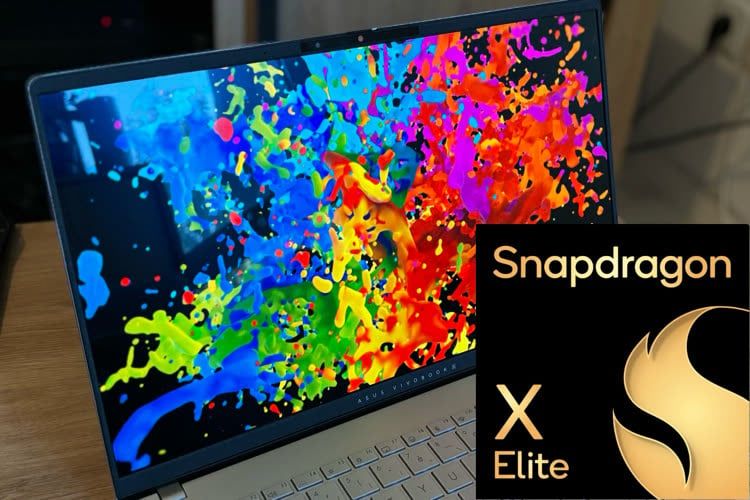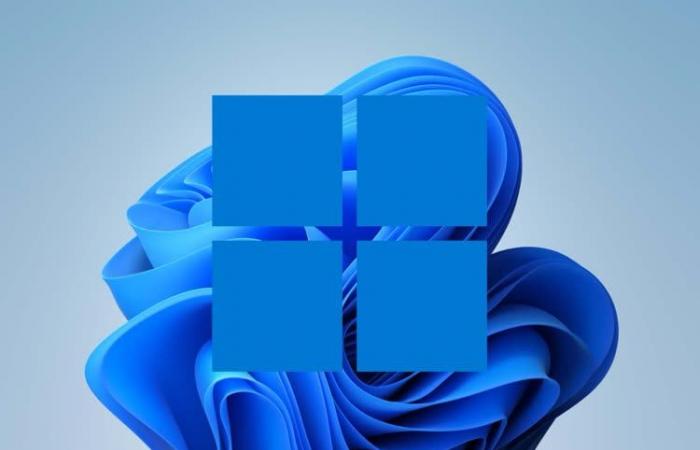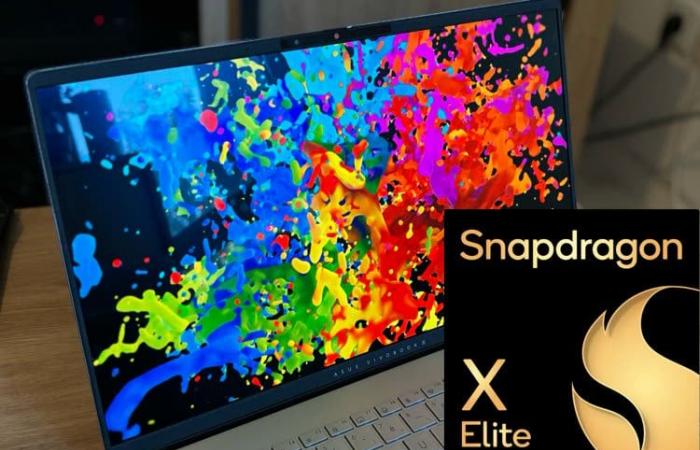In computers equipped with an ARM chip, one of the recurring problems is obviously the emulation of the x86 code, which is still very present. Microsoft has just announced that the development version of Windows 11 includes an increasingly important new feature in this area: Prism will offer emulation of AVX and AVX2 code. A step that was already taken recently by Apple with Rosetta 2 under macOS Sequoia.
AVX and AVX2 are two extensions to the x86 instruction set that allow faster processing of vectors, an increasingly used data type. The AVX appeared in 2011 with the 2nd generation Cores, the AVX2 with those of the fourth generation (2013), and more and more programs – mainly games but also the Adobe suite tools in their latest versions – impose the presence of the instructions in question. Although software that uses instructions has existed for many years, it generally offered two possible paths: optimized code and code for processors without AVX (slower). But in 2024, developers no longer bother to do that.
Microsoft also announces that it has added other x86 instructions not present in Prism (BMI, FMA, F16C, etc.) but we must not forget one thing: they are essentially present to offer better compatibility, not necessarily better performance. To emulate vector instructions that work on 256 bits (like AVX2), you ideally need its ARM equivalent (SVE), the classic implementation of which is done with 128-bit data… when the instructions are present. And the emulation, in the best case, is therefore done in two passes, or at least twice as slowly as expected. Still, the integration of AVX and AVX2 will allow (rare) Windows 11 ARM users to launch modern Adobe tools or recent games. Even if for the latter, we should not hope for a drastic change: despite Qualcomm's statements, the Snapdragon X Elite GPU is rather lagging behind the competition, and Windows ARM PCs are anything but gaming machines.

Asus Vivobook S15 review: finally a Windows ARM PC that holds up thanks to the Snapdragon







